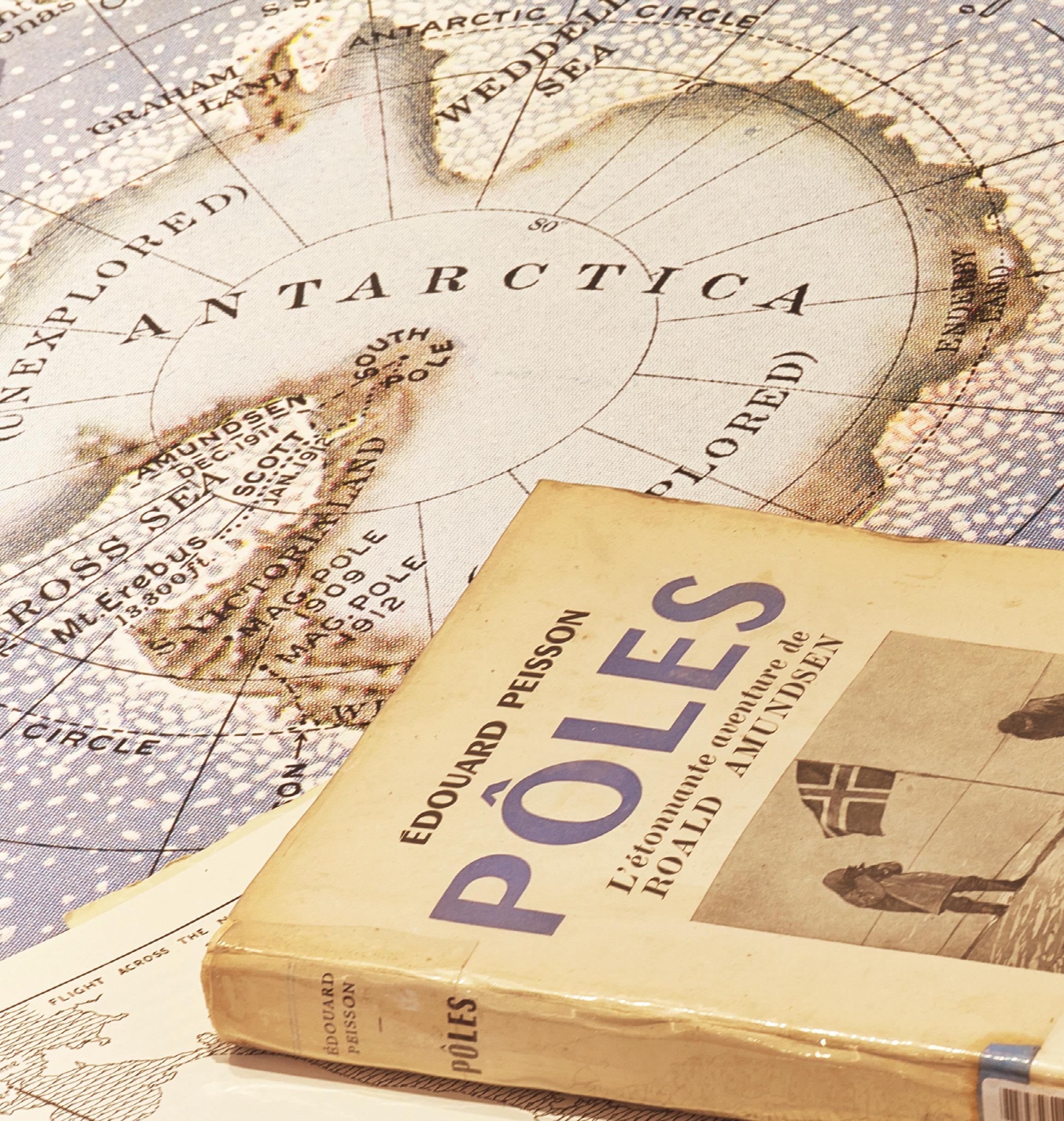
14 minute read
History



Antarctica
Antarctica has always been a land of mystery and intrigue. For centuries after history’s great explorers began charting the lands and seas of our planet, the great seventh continent was nothing more than an idea. As far back as the 2nd century, geographers and cartographers believed there was a vast land at the southern tip of the globe, but Antarctica – or ‘Terra Australis Incognita' (‘Unknown Southern Land”), as it was once known – remained elusive until the early 20th century.
British explorers Sir Ernest Shackleton and Robert Falcon Scott each made it their mission to be the first to reach the geographic South Pole, but Shackleton fell just 156 kilometres short of reaching the featureless landmark in 1907, and Scott was 33 days too late and would never make it back to England. Scott and his four companions all perished attempting to return to base camp, just 17 kilometres out of reach, and the ill-fated expedition is forever marked by one of the men, Lawrence Oates’ immortal line: “I am just going outside and may be some time.”
It was Norwegian explorer Roald Amundsen who ultimately raised the flag of Norway at the South Pole on 14 December 1911, leading the first team to the Earth’s most southern point. This momentous occasion marked the start of in-depth exploration and research into the mysterious and wondrous Antarctica. It is because of the immense valour of explorers like Amundsen, Scott and Shackleton that travellers can experience the magic and majesty of Antarctica, over 100 years later.
Left from top: Ice grotto; British explorers Right clockwise from top: Roald Amundsen setting Norwegian flag; Oscar Wisting with husky dog sled, Antarctica; Shackleton’s crew at Patience Camp


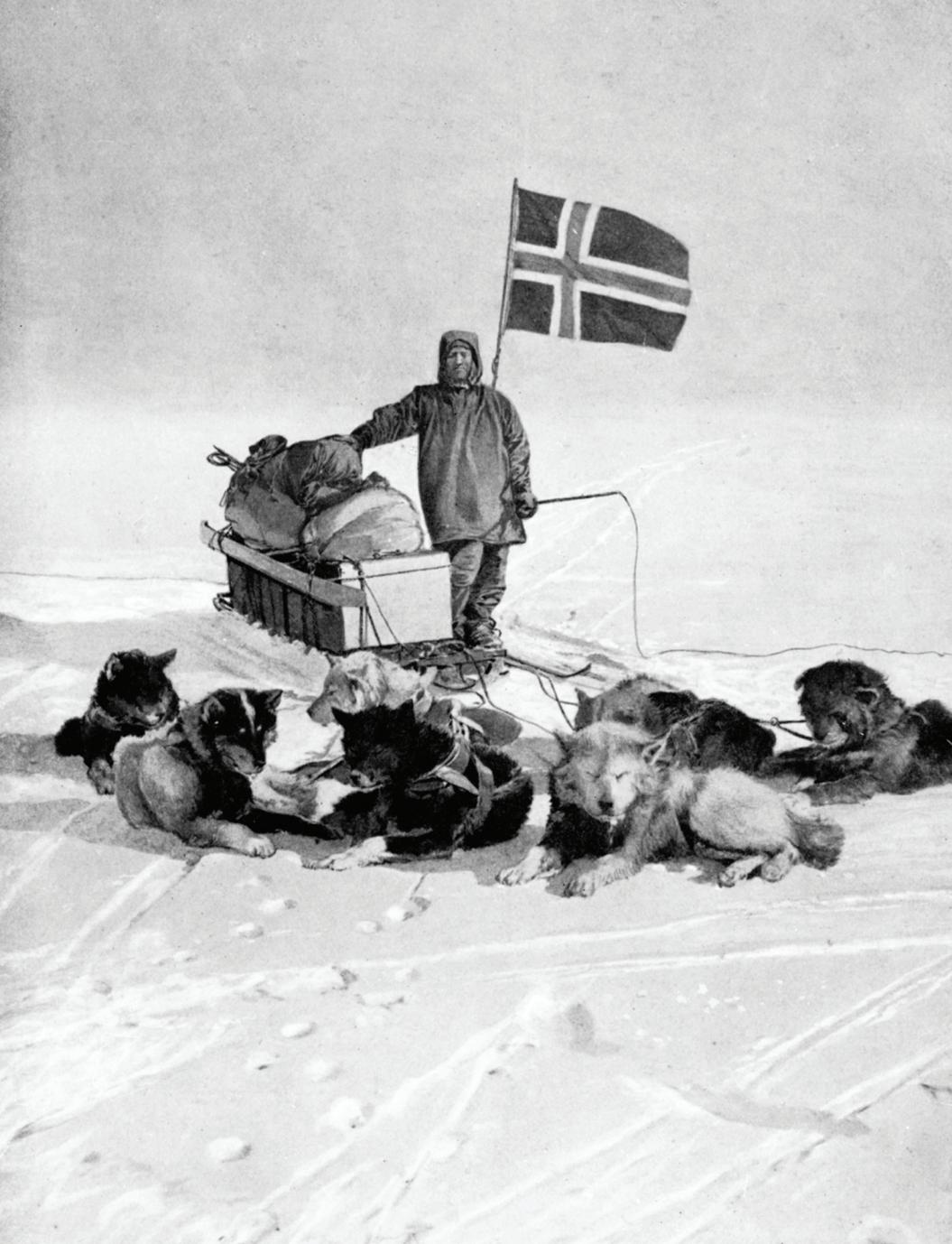
Follow in the footsteps of explorers
As a Viking Expeditions guest in Antarctica, you’ll witness the same ethereal sights and get a sense of what these brave men felt on witnessing Antarctica for the first time. The unfathomable expansiveness and magnificence of the natural surroundings lends itself to vivid moments of reflection and clarity – so don’t be surprised if you often feel deeply moved by what you see. As you journey around the white continent, you’ll find close bonds are easily forged with your fellow travellers as you share this once-in-a-lifetime experience that is almost indescribable.
Left to right: Snow trekking; Zodiac excursion; Photographing wildlife; Kayaking alongside icebergs Next page: Early exploration, Barne Glacier, Antarctica


Learn from the experts
It is almost impossible not to be completely in the moment in this unspoilt land. Get up close to wildlife that has no reason to fear humans. Smell the crispness of the pure, pristine air. Feel the invigorating chill of sub-zero temperatures on your skin. Hear the distant sound of sea birds circling and calling in the sky. Every day brings with it new memories for you to take home and treasure, as you engage with the environment and fulfil your curiosity about this distant land.
When you’re ready to take your journey further, our prestigious academics are on-hand to provide profound education into Antarctica’s history, landscapes and wildlife. Thanks to our partnerships with some of the world’s leading academic institutions, you’ll have the opportunity to learn how glaciers flow, how plants thrive in such harsh conditions and why so many birds flock and live in a destination that has the harshest conditions on Earth. You can even actively participate in fieldwork, such as collecting samples and monitoring wildlife, and watch the discoveries unfold in our onboard working scientific laboratory.




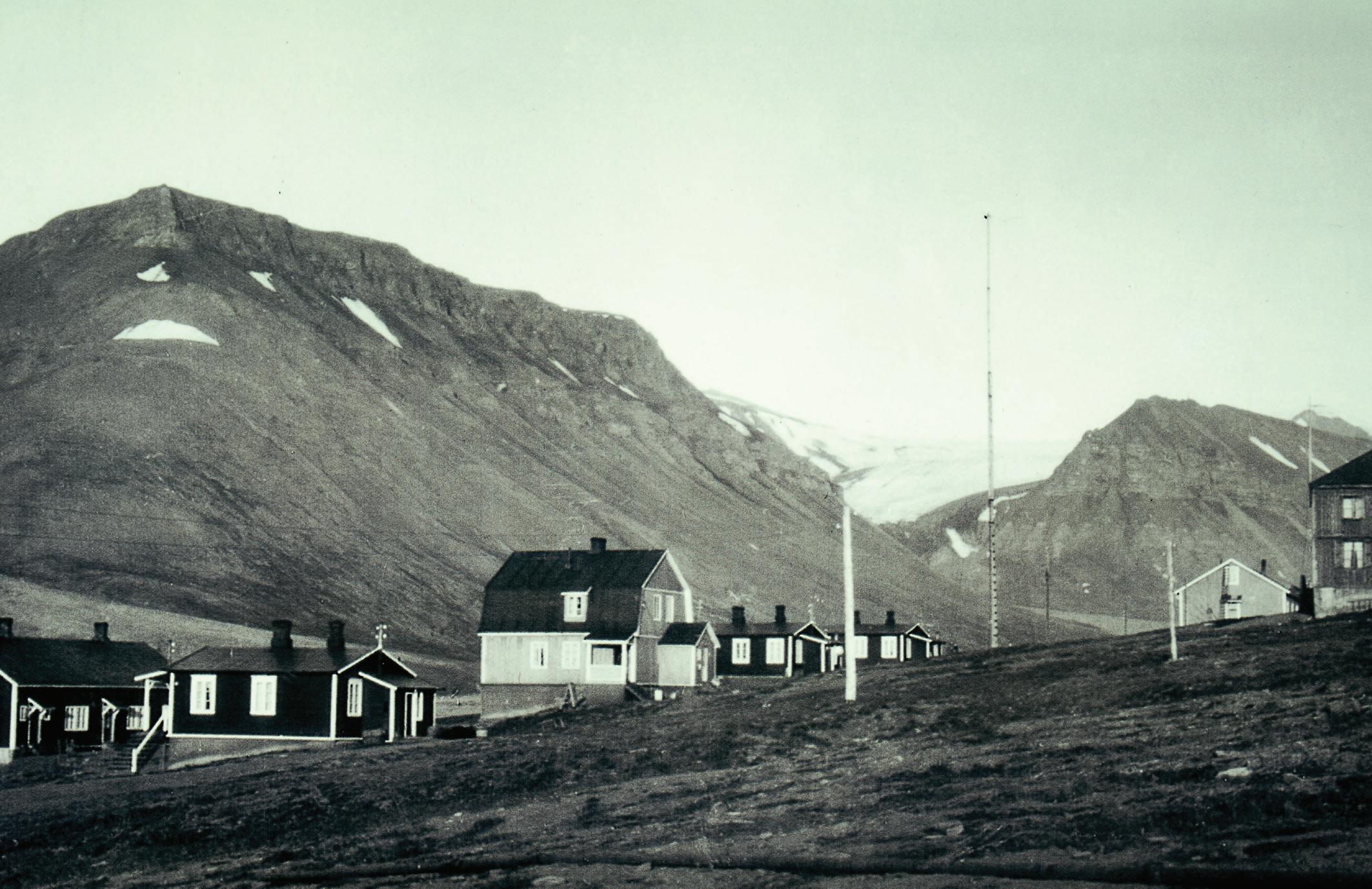
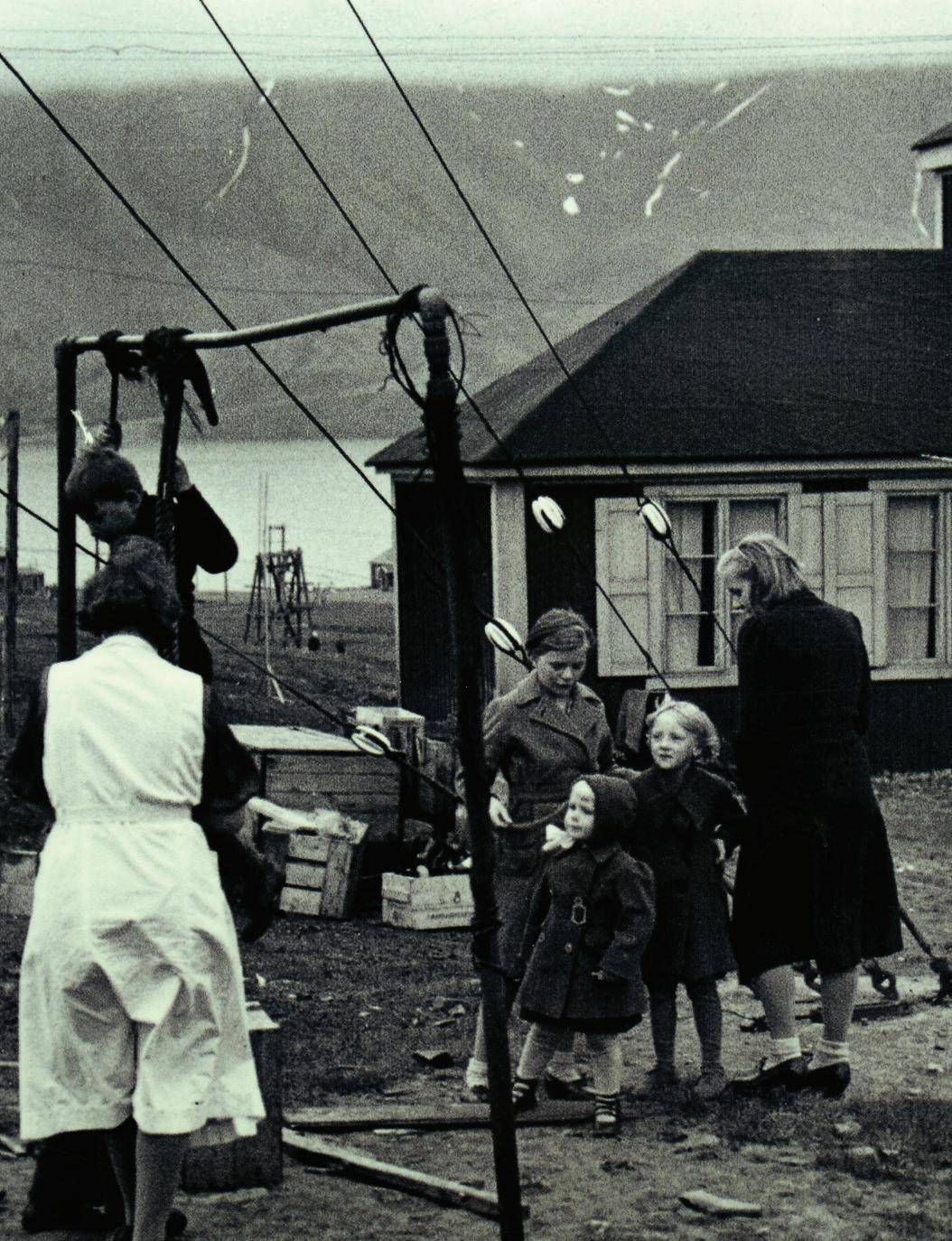

The Arctic
It is apt that it was the Vikings who first sailed north of the Arctic Circle, way back in the 9th century. Having sailed from Iceland, they first settled in Greenland in 981 AD and developed farmland on the west coast – but their residence was not to last. Still reliant on supplies shipped from Norway and Iceland, temperatures plummeted over the centuries and sea ice increased, making food and supplies scarcer. By the early 1400s, all contact with the Greenland Vikings had been lost. The Russians, however began exploring and colonising parts of northern Siberia in the 12th century, and by the end of the 17th century this part of the Arctic formed a substantial part of the Russian Empire.
In the 19th century, various attempts were made to reach the North Pole, based on the idea that enough open water existed for a ship to navigate there. The result of this unfounded assumption was the ill-fated 1879 Jeannette expedition, led by the U.S. Navy, and a subsequent failed expedition led by Norwegian explorer Frijof Nansen, whose ship spent three years deliberately trapped in Arctic sea ice. Abandoning ship, his expedition travelled closer to the North Pole than any man before, but it wasn’t until April 6, 1909 that the North Pole was finally conquered – or so one explorer said.
American explorer and United States naval officer Robert Peary claimed his expedition reached the North Pole, however Peary’s claim was debated over the years and disputed by other explorers who claimed they, in fact, had reached the North Pole first. Because of the Arctic’s unforgiving drifting sea ice that would have caused any flag to move, we will never know with complete certainty who did truly achieve this incredible feat.


Follow in the footsteps of explorers
To say conditions for sailing the Arctic are more favourable to explorers today, would be the understatement of the century. Our industry-leading, purpose-built ships can sail the far north seas thanks to a branch of the Gulf Stream that brings calmer seas and warmer weather to the the Arctic each summer. As we navigate what is one of the world’s most remote regions, our ships’ floor-to-ceiling windows put the unimaginable beauty of the Arctic on show from bow to stern. Each day, you will feel immersed in the natural environment as you cruise through ice fjords past jagged snow-covered peaks. Each evening, expect riveting discussions with your fellow travellers about the polar bears and reindeer you saw, or the beluga whales in the water around your RIB. As a modern explorer of the Arctic, sights that awe are a part of your daily experience.


Learn from the experts
With the most prestigious academics in the world travelling with you on your Arctic expedition, you will have the chance to explore further than you imagined. Find out how animals have adapted to life in the extreme cold and go back in time to learn the mining and whaling history of Svalbard and Barensburg. Assist Viking Resident Scientists as they collect samples in the field, and join them later in the onboard laboratory to analyse the results. Every day is an opportunity for profound experiences and deep learnings as you sail the Arctic.
Left to right: Shipwreck, Svalbard, Norway; Glacier exploration; Flora and fauna research, Spitsbergen, Norway Next page: Svalbard coal mine tour, Norway






The Great Lakes
Estimates place North America’s Great Lakes at anywhere from 7,000 to an incomprehensible 32,000 years old. This chain of deep freshwater lakes in east-central North America is not only one of the great natural features of the continent, but of the entire planet. It has the largest surface area of fresh water in the world – spanning a surface area that exceeds that of the United Kingdom – and the lakes provide a natural border between Canada and the United States.
The Great Lakes have been inhabited by over 100 native American tribes throughout history, including the people we now call the Chippewa, Fox, Huron, Iroquois, Ottawa, Potawatomi and Sioux tribes. Around 1615, an advance man for the French explorer Samuel de Champlain became the first European to arrive at the Great Lakes.
De Champlain was a consolidator of the French colonies in the New World and had founded the city of Quebec in 1608, along with what are now northern New York, the Ottawa River, and the eastern Great Lakes. He was the first European to describe the Great Lakes, and published maps of his journeys and accounts of his time as a Frenchman living among the Native Americans. During this time he formed long time relationships with local Montagnais and Innu, and, later, with others further west — tribes of the Ottawa River, Lake Nipissing, and Georgian Bay, and with Algonquin and Wendat.
Following De Champlain’s discoveries, the Great Lakes played a central role in the European colonisation and development of North America. Lakes Erie, Ontario and the southern portion of Lake Michigan, in particular, grew rapidly with large populations and industry.
Left from top: Map of the St. Lawrence River leading to the Great Lakes; Illusrataion of early colonial days around Upper Canada Right from top: Illustration of early sailing on Lake Ontario, Canada; map of the Great Lakes, Upper and Lower Canada

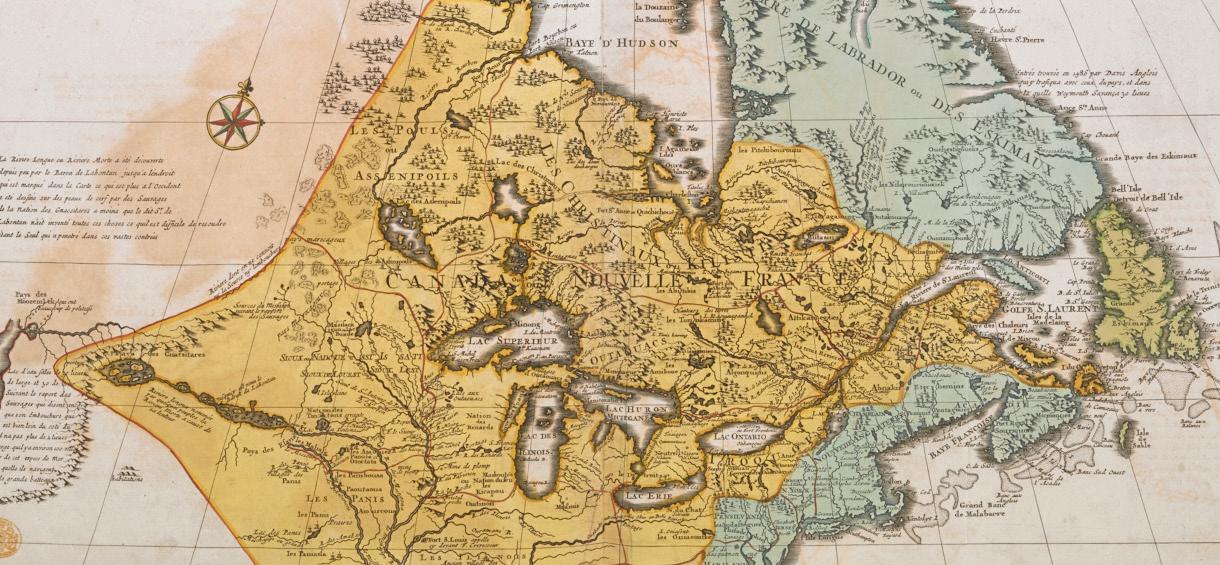
Follow in the footsteps of explorers
To witness the Great Lakes is to witness one of the planet’s great marvels. As you sail the five lakes of this colossal freshwater system – Lake Erie, Lake Huron, Lake Michigan, Lake Ontario and Lake Superior – you will feast your eyes on rich and fertile ecosystems thriving with animal and plant life. An abundance of fish, including lake trout, whitefish, salmon and lake herring thrive in the shallow, warmer waters. During autumn and spring, enjoy a front row seat to an incredible display of shorebirds and songbirds as they migrate through the region. Spot bald eagles, moose, beavers and even bears as you hike through ancient, verdant forests. Hop in a kayak with a partner and explore picturesque Georgian Bay—a UNESCO Biosphere Reserve, or scale the tranquil, scenic Sleeping Bear Dunes National Lakeshore.

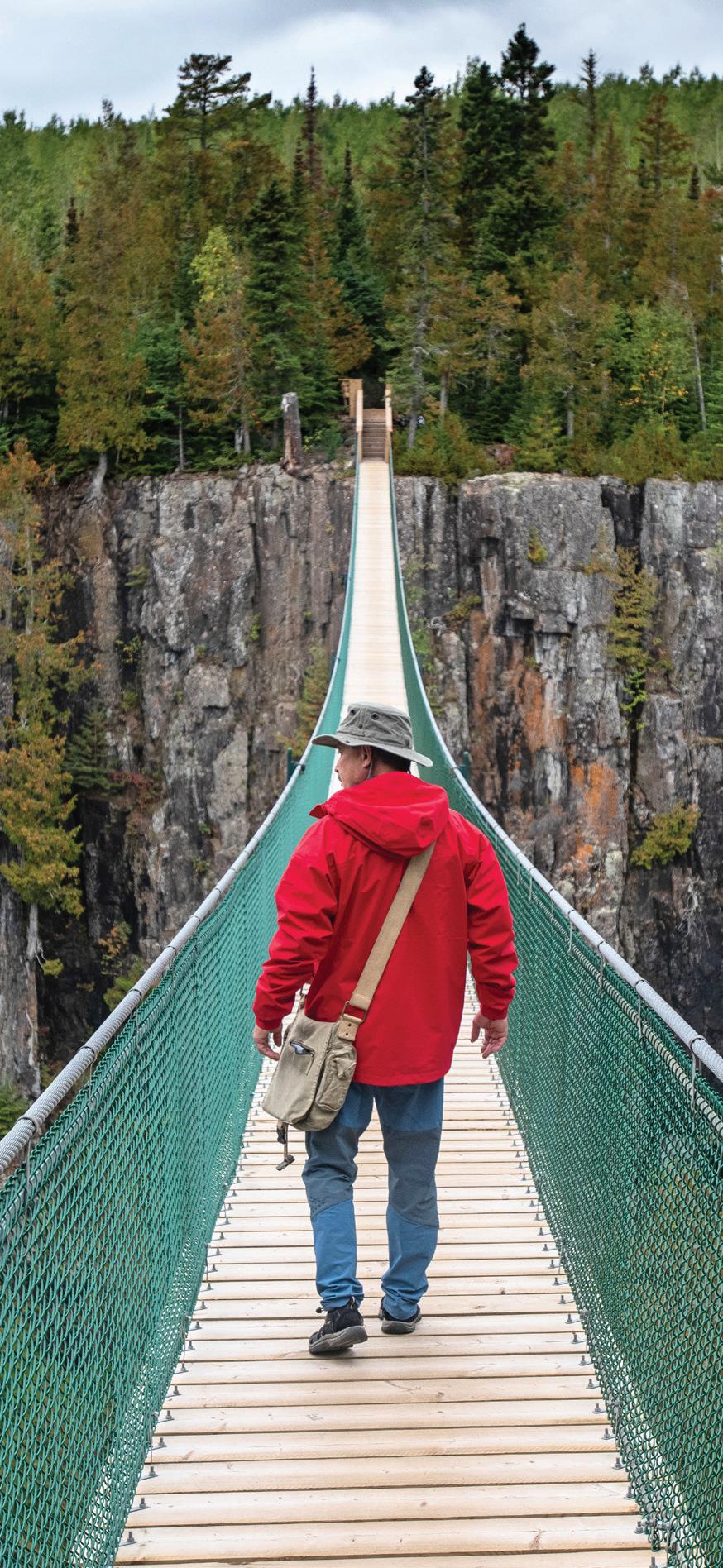
Learn from the experts
Accompanying you on your expedition of the Great Lakes will be esteemed academics and eminent experts on North America’s Great Lakes. Find out everything you’ve ever wanted to know about this magnificent region from those who know it best, and take part in field work as our Resident Viking Scientists take samples along the journey. On an expedition of the Great Lakes, you won’t just witness incredible sights, but fully engage with the environment as you expand your understanding of this natural wonder.
Left to right: Eagle Canyon Bridge, Canada; Kayaking excursion, Apostle Islands, USA; Healing ceremony, Little Current, Canada; Nature trail, Copper Habor, USA
Next page: First Nations ceremonial drummer, Little Current, Canada
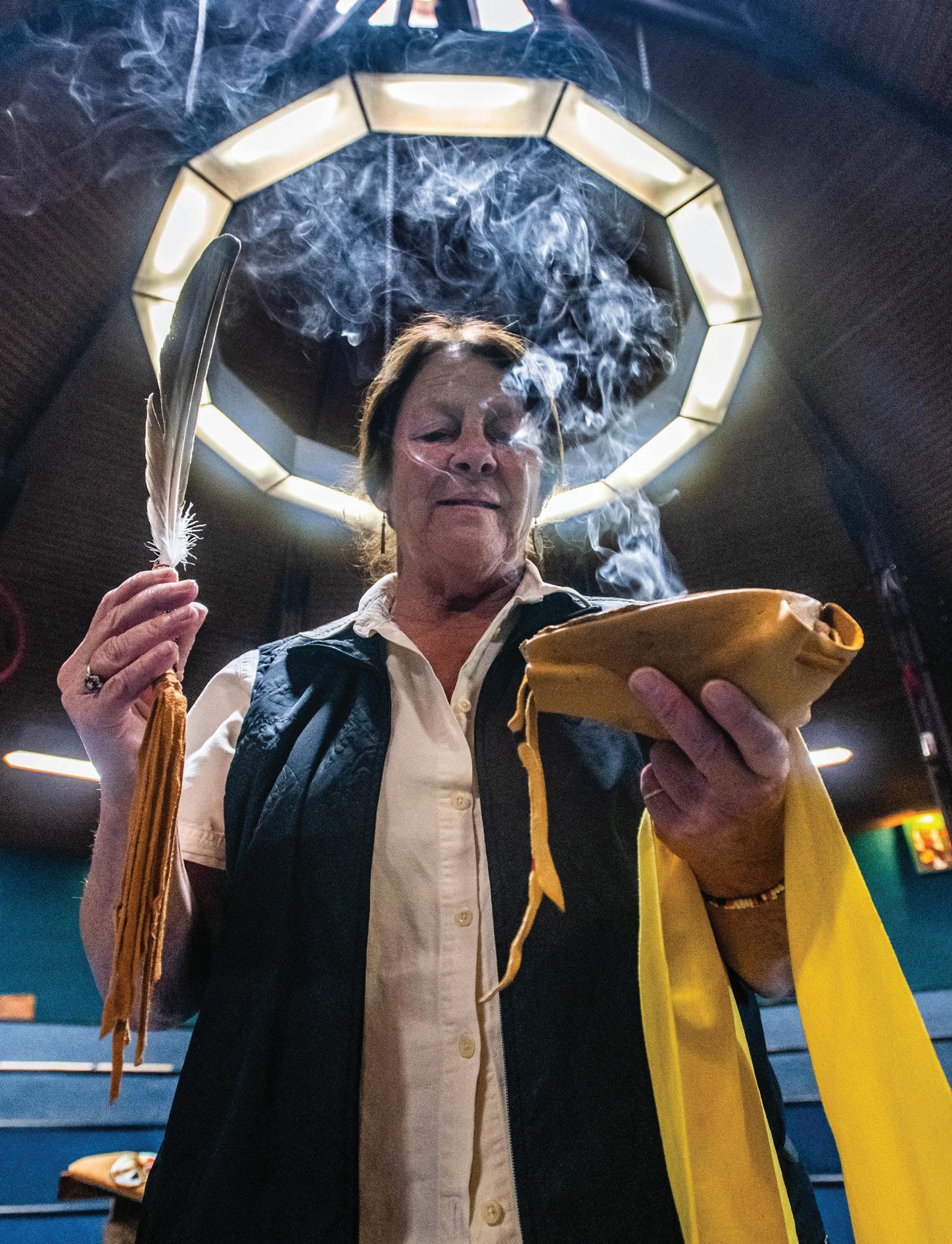



Science & Enrichment At Sea


As The Thinking Person’s Expedition, we believe it is important for us to support research efforts and new scientific discoveries, and we have designed our expeditions to enable authentic science at all stages of the journey. Partnering with the University of Cambridge’s Scott Polar Research Institute, our team of esteemed onboard polar experts, researchers and scientists will undertake fieldwork during voyages and work in a firstof-its-kind onboard scientific laboratory.
While our excursions are accompanied by leading expedition experts and distinguished scientists, who encourage our guests to participate in collaborative science activities and fieldwork. Giving you a level of onboard education and enrichment never before seen on a cruise ship.
To facilitate the optimal enrichment environment, we’ve created the world’s most advanced venue for learning at sea. The Aula, is a stunning panoramic auditorium, on our expedition ships that features an 8K laser-projected screen spanning nearly the entire width of the room, and is used for lectures, daily briefings, science presentations and films. Two decks high, The Aula has raked seating to ensure optimal views from every location and plentiful Marius-weave blankets to provide comfort.

Left to right: Flora research, Spitsbergen, Norway; Cambridge Scott Polar Institute; The Aula
The Viking Expeditions Difference
Viking Expeditions bring you a new style of exploration. Here are just some of the unique experiences you will only find on a Viking expedition voyage:
More comfort
• From the moment you step foot on board, you’ll discover a distinctly
Viking experience and all the comforts of our award-winning ocean ships, serene Scandinavian design and refined finishes.
• Marvels of technology, our expedition ships promise a smoother and more stable journey, while still being nimble enough to take you into the heart of every breathtaking location.
• Viking will be the only passenger vessels to use U-Tank stabilisers; reducing rolling while stationary by nearly 50%.
• The Viking expedition ships will be faster than most expedition ships, allowing swifter travel across the
Drake Passage and more time for our guests in each destination.
• Enjoy more indoor and outdoor viewing areas than any other expedition vessel.
• Every room is a viewing platform with floor-to-ceiling windows throughout, transforming each corner of the ship into an observation deck. You will feel so immersed in your destination, you could never leave the ship and still experience the best of each destination.
• An industry-first, each stateroom has the innovative Viking Nordic
Balcony. The Nordic Balcony features floor-to-ceiling, distortion-free glass that lets you take in the views while keeping the elements out. The top of the panoramic glass can lower down to transform your stateroom into a sheltered al fresco look out.
• Experience the world’s most advanced venue for learning at sea.
The Aula is a stunning panoramic 270º auditorium that opens to an indoor-outdoor al fresco experience – complete with a fire pit.
• Soak up the view from the heated sanctuary of three pools, each set at different temperatures, featuring an “inside-out” pass-through swimming experience.
More excursions
• Enjoy more excursions with each itinerary designed to offer you a choice of up to two to three daily excursions, subject to mother nature. From RIB sailings and zodiac landings to tranquil kayak outings and underwater submarine dives, you will enjoy a diverse selection of excursions to choose from daily.
• Our optimally-sized vessels house a fleet of world-class expedition equipment to facilitate next-level exploration including military pro zodiacs, convertible RIBs, two-seater kayaks and two yellow six-seater submarines – at no extra charge.
• Our dynamic positioning mode will let us “hover in place” and anchor in the best locations while protecting sensitive wildlife habitats.
• Another innovative industry first,
The Hangar is a groundbreaking internal marina that will let you embark and disembark expedition
RIBS in complete comfort and safety from inside the ship. • The Viking Expedition Kit provides all the gear you need to explore in comfort including the use of boots, binoculars, waterproof pants, safety equipment, trekking poles, snowshoes, skis and a Viking outer jacket that you get to take home on our polar expeditions.
• No detail overlooked, your stateroom will also have a heated drying closet to warm and dry expedition gear quickly.
• The Viking Expedition App will give you the freedom and flexibility to manage your excursions and onboard experiences in real time from anywhere on the ship.
More reasons to choose Viking
• As The Thinking Person’s
Expedition, we have partnered with the University of Cambridge’s
Scott Polar Research Institute to undertake new scientific discoveries and bring you a level of education and enrichment never before seen on a cruise ship.
• A first-of-its-kind onboard scientific laboratory and team of esteemed polar experts, researchers and scientists will encourage you to participate in collaborative science activities and fieldwork on each expedition.
• Thanks to Viking’s Inclusive Value, virtually everything you need is included in your fare – yes, even the submarine excursion.






